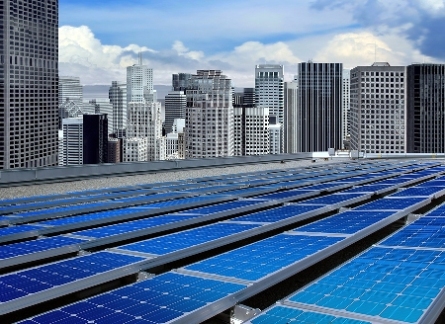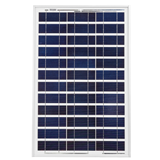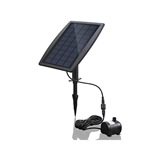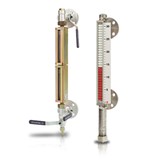A new study by researchers at Massachusetts Institute of Technology (MIT) and the US Department of Energy's National Renewable Energy Laboratory (NREL) shows however that other factors are actually more significant — suggesting the photovoltaic (PV) manufacturing sector has the potential to be substantially more cost-competitive.
As of 2011, manufacturers in China accounted for 63 per cent of all solar-panel production worldwide. But a detailed analysis of all costs associated with PV production shows that the main contributors to that country's lower PV prices are economies of scale and well-developed supply chains — not cheap labour.
"We developed a bottom-up model," said Tonio Buonassisi, an associate professor of mechanical engineering at MIT and a co-author of the new report, just published in the journal Energy and Environmental Science.
The researchers estimated costs for virtually all the materials, labour, equipment and overhead involved in the PV manufacturing process.
"We added up the costs of each individual step," he said.
"It doesn't rely solely on self-reported figures from manufacturers' quarterly reports. We really took great care to make sure our numbers were representative of actual factory costs."
While China does indeed have a small advantage in labour costs, the study found that has relatively little impact on prices because solar-panel manufacturing is highly automated.
The lower cost of labour in China provides an advantage of 7 cents per watt, relative to a factory in the United States, but that amount is countered by other country-specific factors, such as higher inflation.
Buonassisi said the bottom line, is that today's regional price differences in making photovoltaic modules are "not inherent [and] not driven by country-specific advantages".
As a result, technological innovations could rapidly level the playing field.
A crucial parameter is something the researchers call the minimum sustainable price (MSP) which represents a cost of manufacture plus a sustainable profit margin to companies.
Buonassisi said to arrive at that the team included estimates not only of the costs of producing silicon wafers, making those into PV cells, and mounting the cells in panels, but also estimates of such indirect costs as research and discount rates for the manufacturers.
"These nontechnical costs associated with running a business aren't always included in other analyses," Buonassisi said.
"Today, the average MSP is higher than the market price of solar panels, which is not sustainable long term. That's why improved technology is essential."
Douglas Powell, a doctoral student in mechanical engineering at MIT and a co-author of the report, says in 2012 "the analysis suggests that the minimum sustainable price of modules was above current prices" — meaning that many manufacturers were not providing investors with adequate returns.
One reason for that disparity: China rapidly ramped up its manufacturing capacity, and the market was still catching up in 2012 to the oversupply.
"They expanded really fast, and caught a lot of people by surprise," Powell said.
Meanwhile Germany, which had been buying half of all PV modules produced worldwide, suddenly decreased its subsidies, drastically cutting demand.
Still, the biggest factor contributing to China's ability to make solar panels for about 23 per cent less than US companies turned out to be economies of scale, Buonassisi said.
Typical Chinese PV factories are four times larger than those in the US, the study found.
That leads to economies in several ways: those factories can negotiate better contracts with suppliers. Also, their manufacturing equipment can be used more efficiently, since machines can be scheduled to run more of the time by allowing flexibility in matching up the production rates of machines at different stages in the process.
Overall the study makes clear that China's current price advantage in solar-panel production "can be replicated elsewhere, if the right conditions are met", Buonassisi said.
He says the key to making solar panels competitive — whether in the US, China, or elsewhere — is to bring the cost of installed panels to a level competitive with the current cost of electricity from the grid, without subsidies or tax benefits.
Once that goal is achieved — which the researchers estimate will likely occur by the end of the decade — then much larger PV factories will become economically viable worldwide.
"This common goal, which can benefit all nations, is an opportunity for international cooperation that harnesses our complementary strengths," Buonassisi said.
Improvements under way in every step of the PV manufacturing process — from thinner silicon wafers to greater cell efficiency to better ways of mounting the cells in a panel — could end up making them highly competitive with other sources of power, according to Buonassisi.
"Today's technology is not quite there yet," he said, but added, "we could be hitting grid-competitive costs … within the next few years", a situation which could lead to a surge in installations.
Al Goodrich, a senior analyst at the NREL and lead author of the study, said in the long run the greatest advantages may go to multinational companies that can harness regional advantages.
"We envision a globally optimised supply chain that will enable companies to manufacture close to their customers, likely resulting in regional industry clusters," he said.











